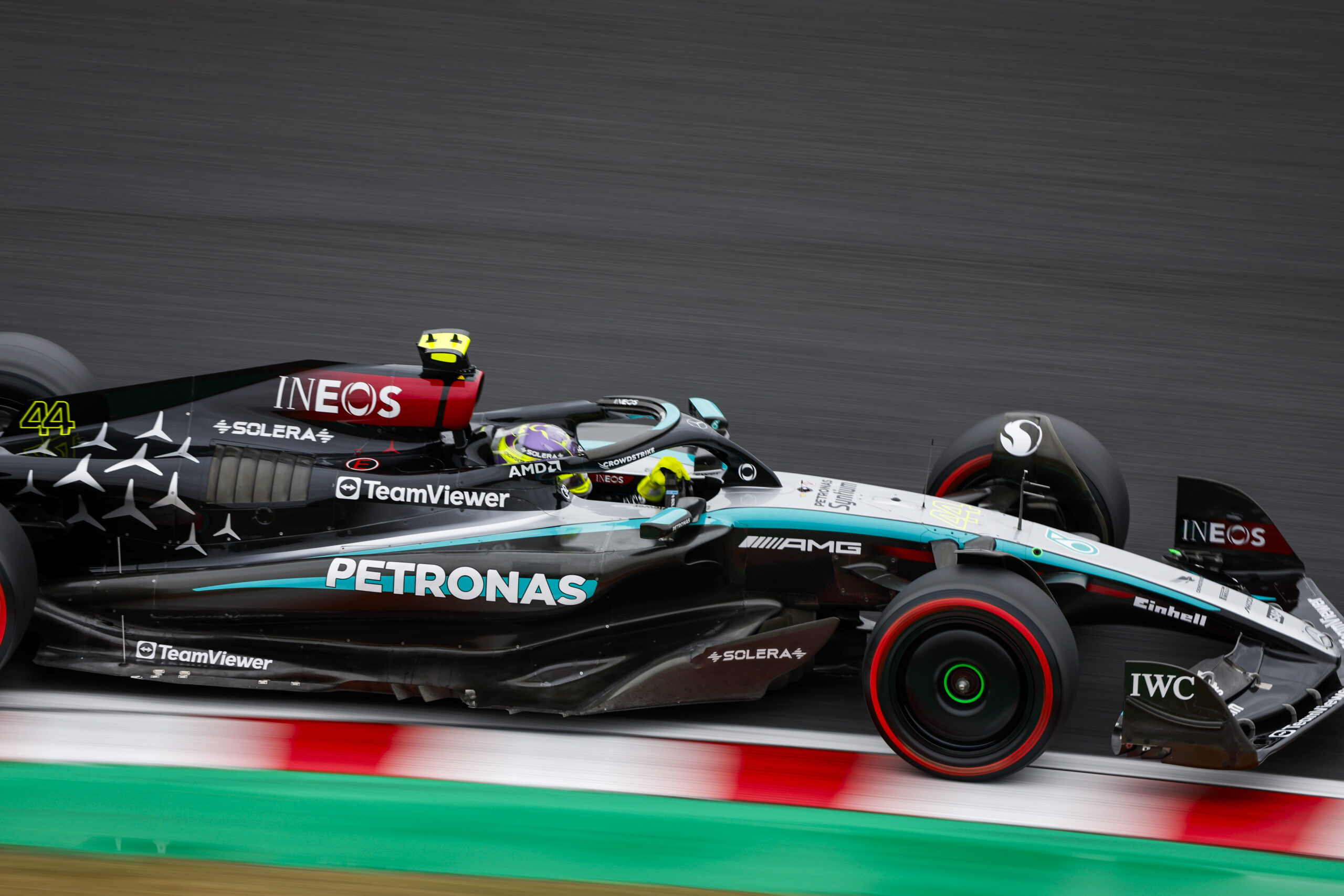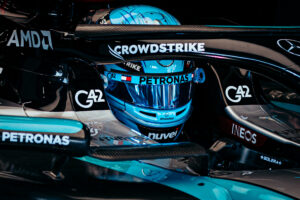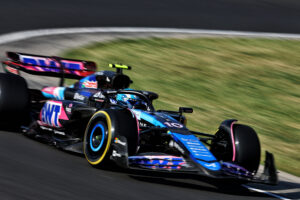Mercedes will struggle to eliminate the W15’s biggest limitation this season.
It is no secret that Mercedes are currently in an extremely difficult position. Perhaps more so than in either 2022 or 2023, the Brackley-based team seems out of answers. Whilst the ‘zeropod’ design could be used as a scapegoat for their struggles last season, the same cannot be said about the W15. After all, this year’s Mercedes challenger was the consequence of an extended introspective period for the team. Last year was, in theory, a chance for James Allison and his technical team to lay the foundations for a turnaround in 2024. Unfortunately for Mercedes, this has not transpired.
Fundamentally, the biggest limiting factor at Mercedes is unpredictability. Their 2024 challenger is now without glimpses of potential, as evidenced on multiple occasions this season. Typically, the W15 shows peaks of performance in Friday Practice or even qualifying – only to fade away later in the weekend. This inconsistency will make it difficult for Mercedes to challenge at the front realistically. Moreover, it complicates their ability to introduce upgrades to the car.
At this early stage, one hypothesis for the peaks and troughs Mercedes suffers is tyre temperatures. The Silver Arrows are understood to perform better in cooler conditions, which allows the W15 to operate in its ideal window. Lewis Hamilton and George Russell have mentioned the favourable characteristics of their 2024 cars when the track is cooler. However, small changes in temperature can upset the balance of the car.
Foundational mistakes
Something that continues to plague Toto Wolff and his personnel is their correlation. For over two years, the performance seen in the wind tunnel has been absent on track. Primarily, this discrepancy is caused by the Brackley squad’s failure to understand that peak downforce is not always achievable. In short, the W15 is a significantly faster car in ideal conditions. However, any small deviation in the introduction of an external variable throws it off balance.
The team’s operating window is very small, producing a very inconsistent machine. The importance of having a functional car across different conditions was understood by Red Bull at the start of 2022. At Milton Keynes, the ability to generate downforce and a stable platform – irrespective of track conditions – is why their performance is so consistently high.
Ferrari has also made this realisation, producing an SF-24 machine that (despite being criticised in pre-season for its basic appearance) has a wide operating window. This allows the Italian outfit to perform more consistently, as evidenced by their victory in Japan and consistent podium appearances.
Mercedes seems to have more clarity about its limiting factor. What is not so easy to decipher, however, is how quickly it can address its shortcomings. The budget cap and wind tunnel restrictions in F1 punish teams for mistakes and complicate recoveries. In this context, the Brackley-based team might run out of time to rectify their errors before the 2026 regulations.






